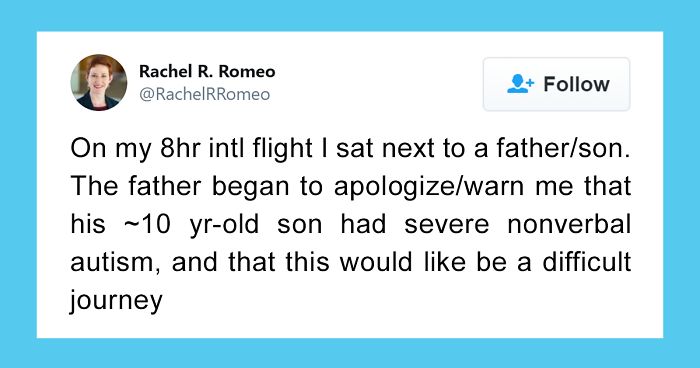
Speech Pathologist Sits Next To Autistic Boy For 8 Hours During Flight, Is Able To Make Incredible Progress On Communication
Life works in mysterious ways. But sometimes everything just falls into place. When speech-language pathologist (SLP) Rachel Romeo was returning from a conference on a long international flight, there was a father and son sitting next to her. Little did everyone know, Rachel and the little kid couldn’t have had a better passenger to travel with.
The father explained that his 10-year-old boy had autism and was nonverbal. He then apologized to Romeo because the 8-hour flight was likely to be difficult for his child and those around him. But challenging behaviors began even before take-off. The boy was “screaming, hitting me, and grabbing for my things. The father repeatedly apologized, but did little else,” Romeo wrote. However, the situation began to change when Romeo started using principals of Augmentative and Alternative Communication (AAC), a series of ways to communicate without speaking out loud, to help the boy tell her and his dad his needs.
More info: Twitter
Image credits: RachelRRomeo
Image credits: RachelRRomeo
Image credits: RachelRRomeo
Image credits: RachelRRomeo
Image credits: RachelRRomeo
Image credits: RachelRRomeo
Image credits: RachelRRomeo
Image credits: RachelRRomeo
Image credits: Gabrieli Laboratory
According to a study by Boston University, nearly a third of people diagnosed with autism spectrum disorder “never learn to speak more than a few words.” Nonverbal autism is somewhat poorly researched, and we know quite little about the thought processes of these people. Nevertheless, new research is being carried out, and new technologies are being developed to better understand them.
VeryWell Health wrote that the term “nonverbal autism” isn’t an official one. “There is no such diagnosis as ‘nonverbal autism.’ In part, that’s because there is no clear line between verbal and nonverbal individuals with autism.”
No one really knows for sure why some people with autism can’t, or don’t, use spoken language. It puzzles scientists a lot since quite a few nonverbal people on the spectrum can and do choose to communicate using American Sign Language, picture cards, and a range of digital tools.
“True, some people with autism also have childhood apraxia of speech, a neurological disorder that makes spoken language extremely difficult. But most nonverbal individuals on the autism spectrum don’t have apraxia; they just don’t speak. Clearly, there are differences in brain function that inhibit spoken language, but at this point, there is no agreement on just what those differences are or how they impact any given individual.”
People were incredibly happy to hear the happy ending
Image credits: poptartjenny
Image credits: angelo100
Image credits: Buckaroo1967
Image credits: JocelynChampag7
Image credits: drewbrown
Image credits: RhondaL17849102
Image credits: forbestonow
Image credits: dasinger22
Image credits: safeagain1
Image credits: GynnSquarePHX
Image credits: pearsoncrz
It would be nice to hear the father's thoughts and experiences of the flight and if there has been an improvement since
There clearly was one during the flight already, judging from his reaction.
Load More Replies...I have 8 year old twins with autism.. they didn't speak until 1 was 4 and his twin almost 6 ... But we had them in school since 3 due to the diagnosis. We pushed for every single help option for them . They have had therapist help from ages 1 on... We did this so they could catch up what the lady did here is amazing.. it means so much when someone anyone cares about that kid enough to make this ... Huge difference in their life .. it changed ours and our childrens lives , education... Probably our sanity because you are helpless when you can't communicate I love this story 😍.
It would be nice to hear the father's thoughts and experiences of the flight and if there has been an improvement since
There clearly was one during the flight already, judging from his reaction.
Load More Replies...I have 8 year old twins with autism.. they didn't speak until 1 was 4 and his twin almost 6 ... But we had them in school since 3 due to the diagnosis. We pushed for every single help option for them . They have had therapist help from ages 1 on... We did this so they could catch up what the lady did here is amazing.. it means so much when someone anyone cares about that kid enough to make this ... Huge difference in their life .. it changed ours and our childrens lives , education... Probably our sanity because you are helpless when you can't communicate I love this story 😍.
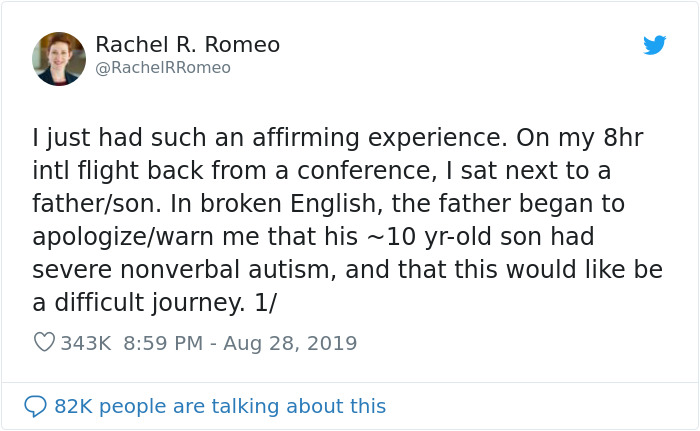
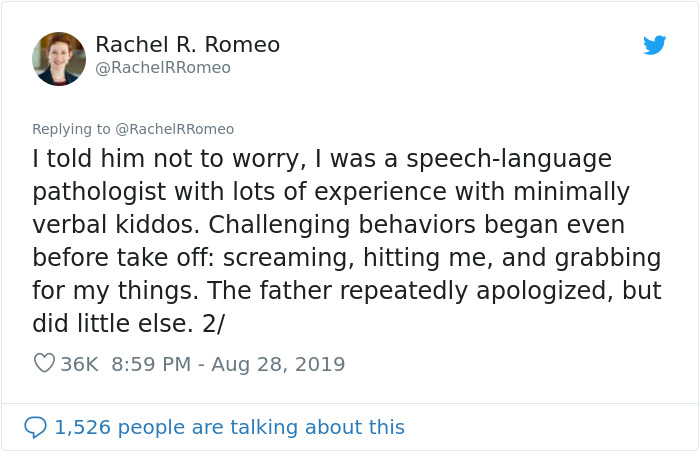
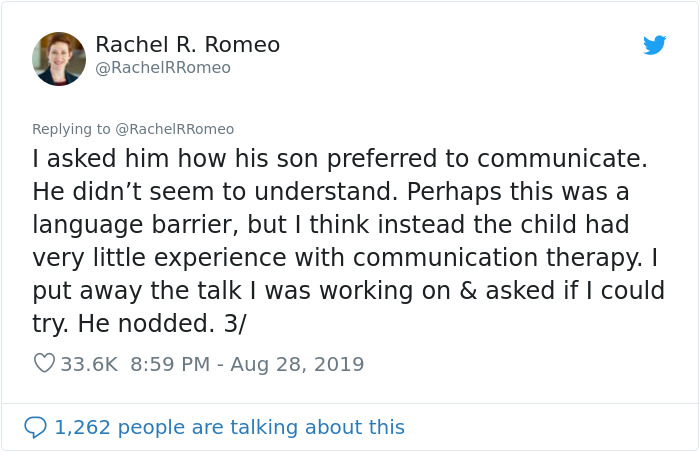
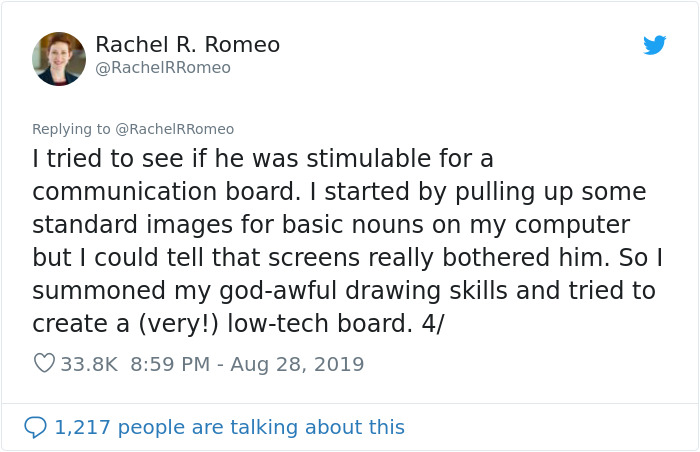
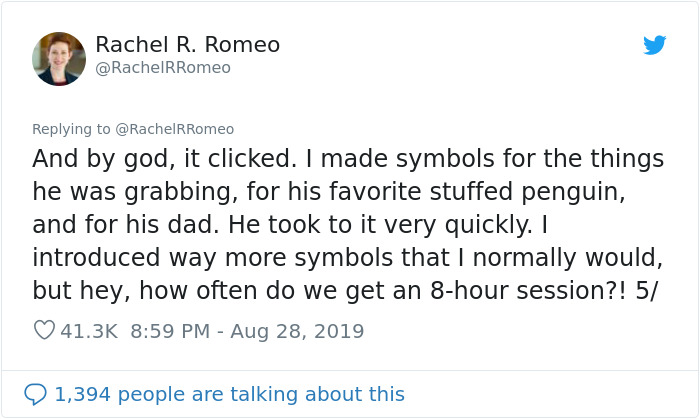
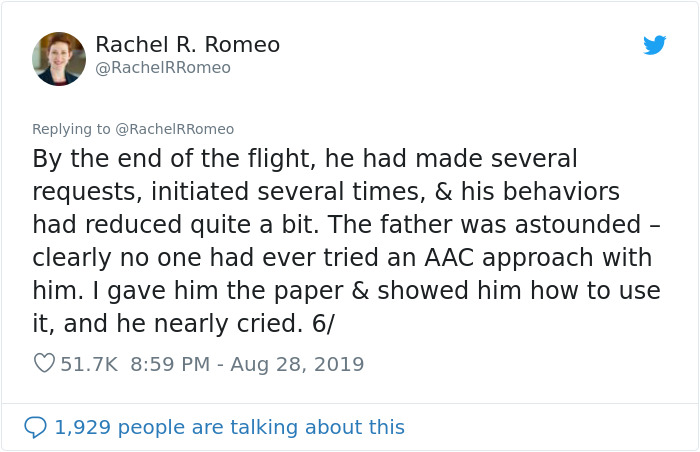
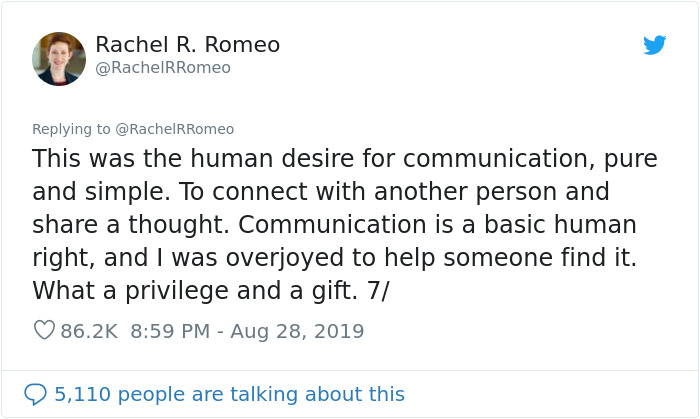
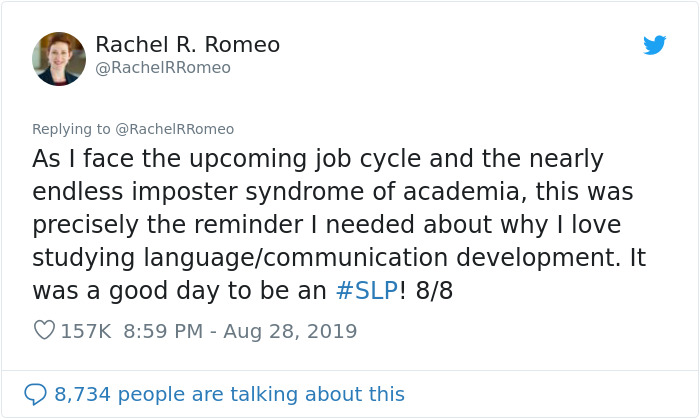
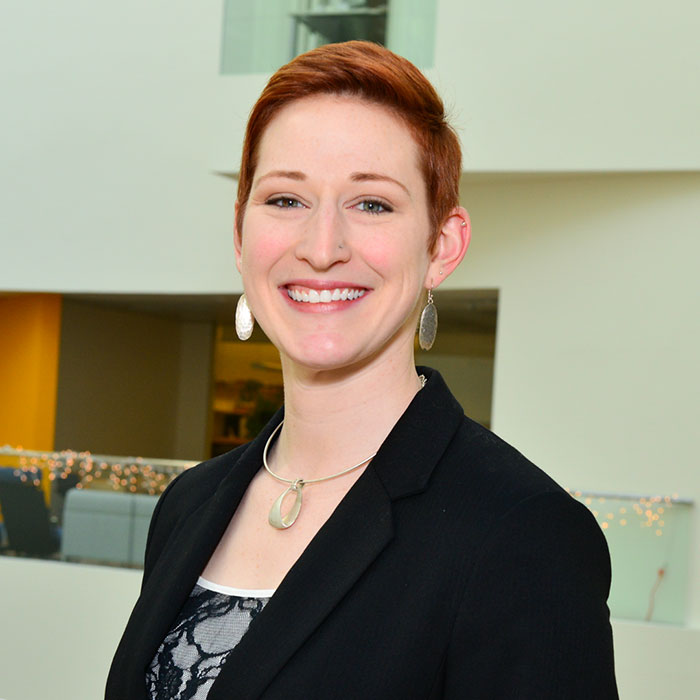
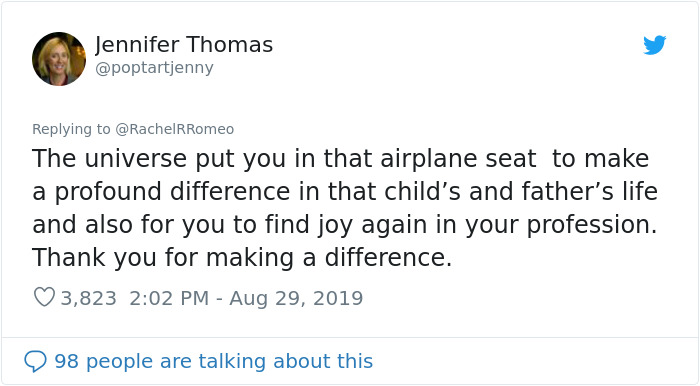
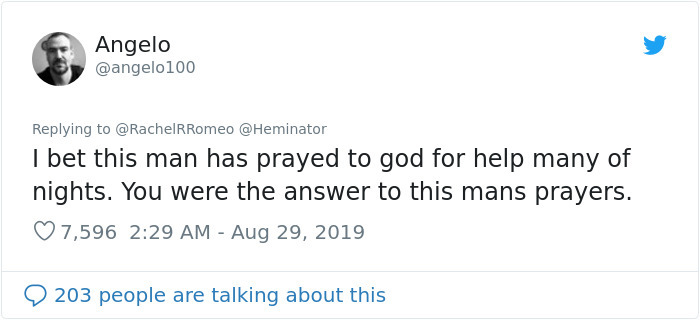
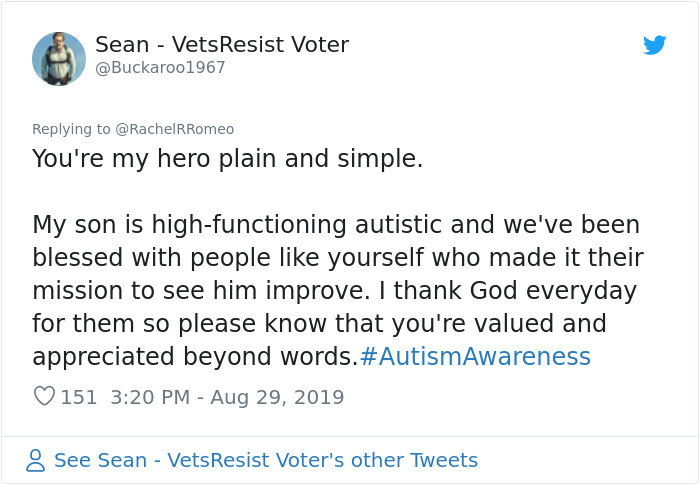
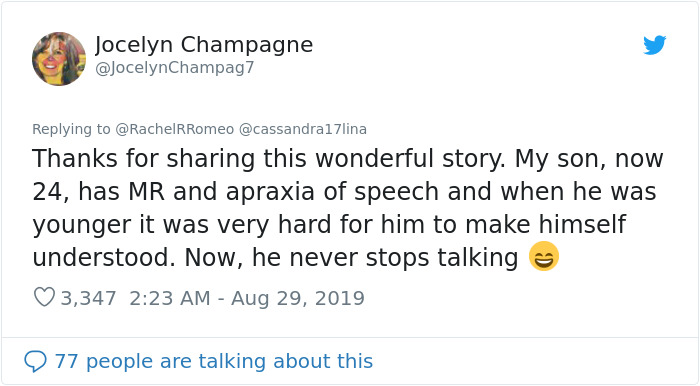
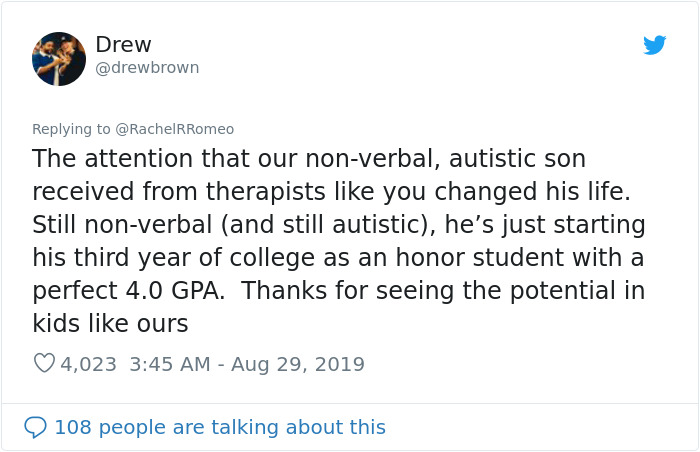

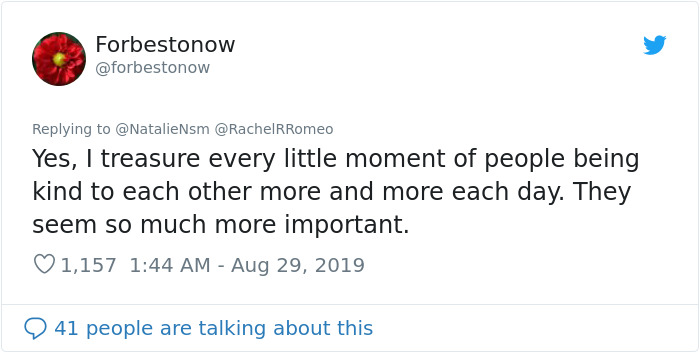

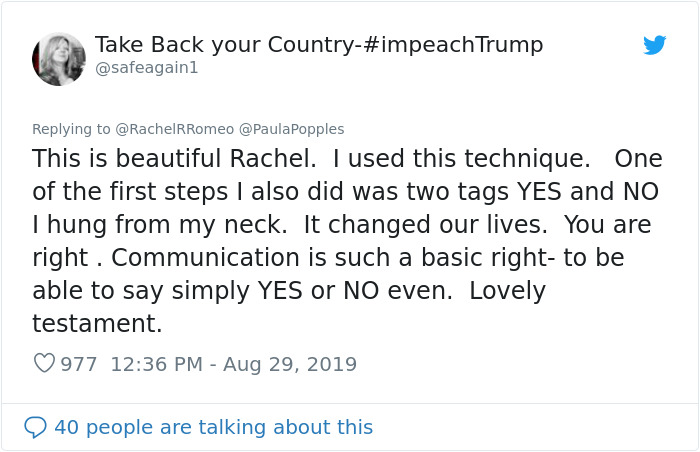






534
37